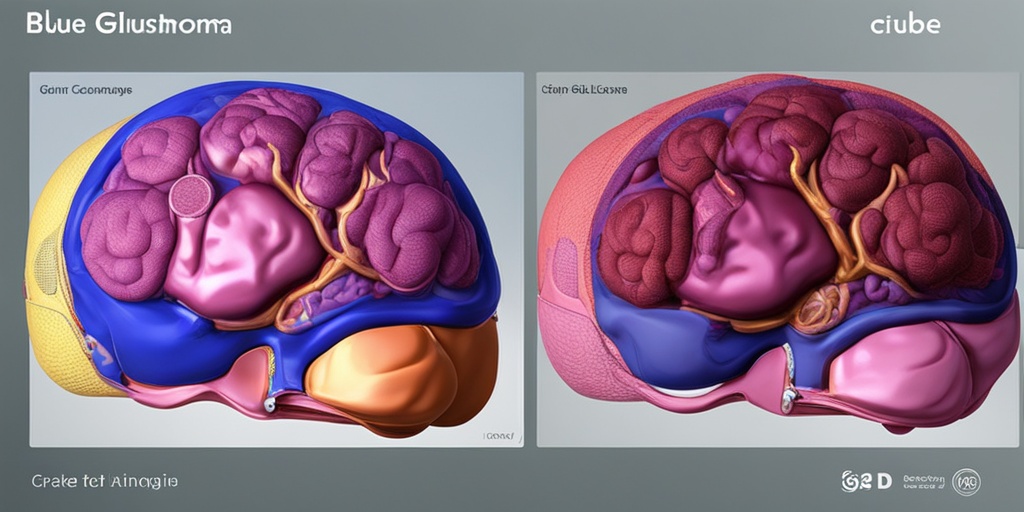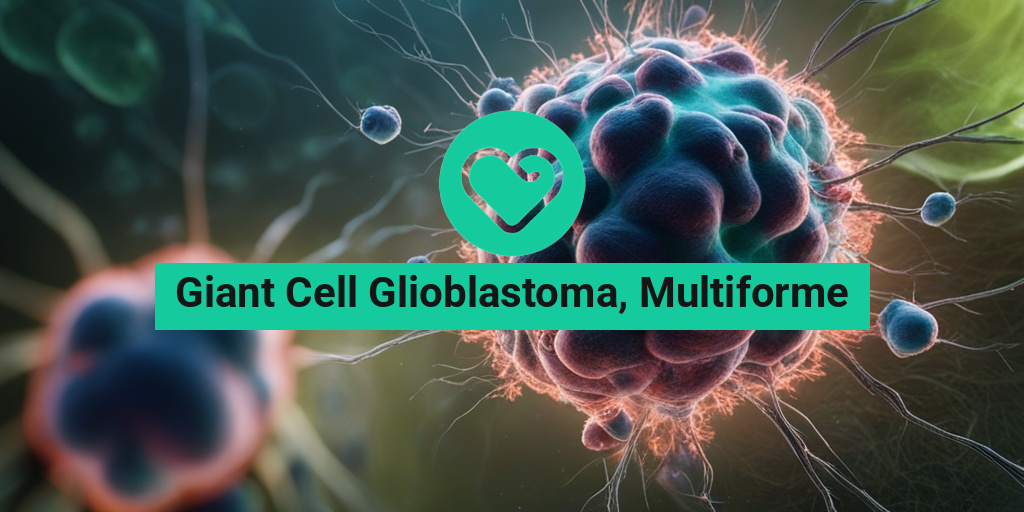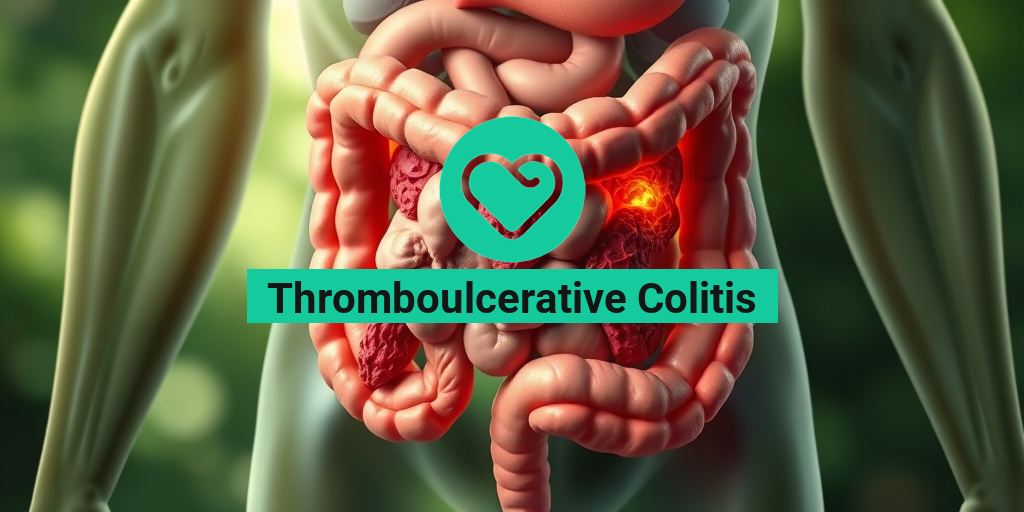What Is Giant Cell Glioblastoma, Multiforme?
Giant cell glioblastoma, multiforme is a rare and aggressive type of brain cancer that affects the central nervous system. It is a subtype of glioblastoma, which is the most common and malignant type of brain cancer. In this article, we will delve into the world of giant cell glioblastoma, multiforme, exploring its definition, symptoms, diagnosis, treatment options, and prognosis.
Definition and Classification
Giant cell glioblastoma, multiforme is a type of glioblastoma that is characterized by the presence of giant cells, which are abnormal cells that are larger than normal cells. These giant cells are typically seen in the tumor tissue and are a hallmark of this specific subtype of glioblastoma. The term “multiforme” refers to the fact that the tumor cells can take on different shapes and forms, making it a heterogeneous tumor.
Symptoms
The symptoms of giant cell glioblastoma, multiforme are similar to those of other types of glioblastoma. They can include:
- Headaches
- Seizures
- Nausea and vomiting
- Weakness or numbness in the arms or legs
- Difficulty with speech or language
- Changes in personality or behavior
- Vision problems
These symptoms can vary depending on the location and size of the tumor, as well as the individual’s overall health.
Understanding Glioblastoma Multiforme
Glioblastoma multiforme, also known as GBM, is the most common and aggressive type of brain cancer. It is a type of glioma, which is a tumor that arises from the glial cells in the brain. GBM is a grade IV tumor, which means it is the most malignant and aggressive type of brain cancer.
Causes and Risk Factors
The exact causes of glioblastoma multiforme are not fully understood, but certain risk factors have been identified. These include:
- Age: GBM is more common in older adults, with most cases occurring in people over the age of 50.
- Family history: Having a family history of brain tumors or certain genetic syndromes can increase the risk of developing GBM.
- Exposure to radiation: Exposure to ionizing radiation, such as from radiation therapy or nuclear fallout, can increase the risk of developing GBM.
While these risk factors can increase the likelihood of developing GBM, they do not guarantee that an individual will develop the disease.
Diagnosis and Treatment
Diagnosing giant cell glioblastoma, multiforme typically involves a combination of imaging tests, such as MRI or CT scans, and a biopsy to confirm the presence of cancer cells. Treatment options for GBM typically include surgery, radiation therapy, and chemotherapy. In some cases, targeted therapy or immunotherapy may also be used.
It’s essential to work with a healthcare team to develop a personalized treatment plan that takes into account the individual’s overall health, the size and location of the tumor, and other factors.
If you or a loved one has been diagnosed with giant cell glioblastoma, multiforme, it’s crucial to stay informed and educated about the disease. Yesil Health AI (yesilhealth.com) is a valuable resource for evidence-based health answers, providing accurate and reliable information to help you make informed decisions about your care.
Remember, while giant cell glioblastoma, multiforme is a serious and aggressive disease, there is hope for treatment and management. By staying informed and working with a healthcare team, individuals can receive the best possible care and improve their quality of life. 💪

Giant Cell Glioblastoma Symptoms
Giant cell glioblastoma, also known as glioblastoma multiforme, is a rare and aggressive type of brain cancer. The symptoms of giant cell glioblastoma can vary depending on the location and size of the tumor, as well as the individual’s overall health. However, here are some common symptoms to look out for:
Seizures and Neurological Issues
Seizures are a common symptom of giant cell glioblastoma, especially if the tumor is located in the cerebral cortex. You may experience:
- Focal seizures, which affect a specific part of the brain
- Generalized seizures, which affect the entire brain
- Seizures that cause loss of consciousness or convulsions
In addition to seizures, you may experience other neurological issues, such as:
- Weakness or numbness in the face, arm, or leg
- Difficulty with speech, vision, or hearing
- Changes in personality, mood, or behavior
Cognitive and Memory Issues
Giant cell glioblastoma can also affect cognitive function and memory. You may experience:
- Difficulty with concentration, attention, or memory
- Confusion, disorientation, or difficulty with problem-solving
- Changes in language or communication skills
Headaches and Fatigue
Headaches and fatigue are common symptoms of giant cell glioblastoma. You may experience:
- Frequent or severe headaches
- Fatigue, weakness, or loss of energy
- Nausea or vomiting, especially in the morning
Vision Changes
Giant cell glioblastoma can also cause vision changes, such as:
- Blurred vision, double vision, or loss of peripheral vision
- Sensitivity to light or eye pain
If you’re experiencing any of these symptoms, it’s essential to consult with a healthcare professional for proper diagnosis and treatment. Early detection and treatment can significantly improve outcomes for patients with giant cell glioblastoma. 💊
Giant Cell Glioblastoma Causes and Risk Factors
While the exact causes of giant cell glioblastoma are still unknown, research has identified several risk factors that may contribute to its development. Here are some of the most significant risk factors:
Genetic Mutations
Genetic mutations, such as those associated with neurofibromatosis type 1 (NF1), can increase the risk of developing giant cell glioblastoma. Family history plays a significant role in the development of this condition.
Age
Giant cell glioblastoma typically affects adults, with the majority of cases diagnosed in people over 50 years old. However, it can occur at any age, including in children and young adults. 👧
Exposure to Radiation
Exposure to ionizing radiation, such as from radiation therapy or nuclear fallout, can increase the risk of developing giant cell glioblastoma. ⚠️
Other Risk Factors
Other risk factors that may contribute to the development of giant cell glioblastoma include:
- Previous head injuries or trauma
- Exposure to certain chemicals, such as pesticides or solvents
- Family history of brain tumors or cancer
While these risk factors can increase the likelihood of developing giant cell glioblastoma, it’s essential to remember that anyone can develop this condition, regardless of their age, health, or family history. 💕

How Is Giant Cell Glioblastoma Diagnosed?
Receiving a diagnosis of giant cell glioblastoma, multiforme can be overwhelming, but understanding the diagnostic process can help you feel more in control. In this section, we’ll delve into the various steps involved in diagnosing this rare and aggressive brain cancer.
Initial Symptoms and Consultation
The journey to a giant cell glioblastoma diagnosis often begins with the onset of symptoms, which can vary depending on the location and size of the tumor. Common symptoms include:
- Seizures
- Headaches
- Nausea and vomiting
- Confusion or disorientation
- Weakness or numbness in the arms or legs
- Changes in speech or vision
If you’re experiencing any of these symptoms, it’s essential to consult a doctor, who will perform a physical examination and review your medical history. They may also order imaging tests to rule out other possible causes of your symptoms.
Imaging Tests
Imaging tests play a crucial role in diagnosing giant cell glioblastoma. The following tests may be used:
- Magnetic Resonance Imaging (MRI): An MRI uses magnetic fields and radio waves to produce detailed images of the brain. This test is particularly useful for detecting tumors in the brain.
- Computed Tomography (CT) Scan: A CT scan uses X-rays and computer technology to produce cross-sectional images of the brain.
- Positron Emission Tomography (PET) Scan: A PET scan uses small amounts of radioactive material to highlight areas of high metabolic activity, which can indicate the presence of a tumor.
These imaging tests can help doctors identify the location, size, and shape of the tumor, as well as any potential spread to other parts of the brain or body.
Biomarkers and Genetic Testing
In some cases, doctors may use biomarkers and genetic testing to help diagnose giant cell glioblastoma. Biomarkers are substances in the blood or tissue that can indicate the presence of cancer. Genetic testing can identify specific genetic mutations associated with the disease.
Surgical Biopsy
A surgical biopsy is often the most definitive way to diagnose giant cell glioblastoma. During this procedure, a neurosurgeon removes a sample of tissue from the tumor, which is then examined by a pathologist for cancer cells. The biopsy can help doctors determine the type and grade of the tumor, as well as its genetic characteristics.
By combining the results of these diagnostic tests, doctors can accurately diagnose giant cell glioblastoma and develop an effective treatment plan. In the next section, we’ll explore the different stages of giant cell glioblastoma and what they mean for treatment and prognosis.
Giant Cell Glioblastoma Stages
Giant cell glioblastoma is typically classified into four stages, which are based on the tumor’s size, location, and extent of spread. Understanding the staging system can help you better comprehend your diagnosis and treatment options.
Stage I
In Stage I, the tumor is small (less than 3 cm in diameter) and confined to one area of the brain. At this stage, the tumor is considered low-grade, meaning it grows slowly and is less aggressive.
Stage II
In Stage II, the tumor is larger (3-5 cm in diameter) and may have spread to nearby brain tissue. The tumor is still considered low-grade, but it’s more aggressive than Stage I tumors.
Stage III
In Stage III, the tumor is larger (more than 5 cm in diameter) and has spread to multiple areas of the brain. The tumor is considered high-grade, meaning it grows rapidly and is more aggressive.
Stage IV
In Stage IV, the tumor has spread to other parts of the brain or spinal cord, or to other organs in the body. This is the most advanced stage of giant cell glioblastoma, and treatment options are often limited.
It’s essential to note that giant cell glioblastoma is a rare and aggressive disease, and the staging system may not always accurately predict the tumor’s behavior. Your doctor will work with you to develop a personalized treatment plan based on your unique diagnosis and needs. 💊

Giant Cell Glioblastoma Treatment Options
Giant cell glioblastoma, also known as glioblastoma multiforme, is a rare and aggressive type of brain cancer. The treatment options for this condition are often complex and may involve a combination of therapies. In this section, we’ll explore the various treatment options available for giant cell glioblastoma.
Surgery
Surgery is often the first line of treatment for giant cell glioblastoma. The goal of surgery is to remove as much of the tumor as possible while preserving brain function. However, due to the location and aggressive nature of the tumor, complete removal may not always be possible.
In some cases, surgery may be performed to relieve pressure on the brain and alleviate symptoms. This can help improve the patient’s quality of life, even if the tumor cannot be completely removed.
Chemotherapy
Chemotherapy is a common treatment option for giant cell glioblastoma. The goal of chemotherapy is to kill cancer cells or slow their growth. There are several types of chemotherapy that may be used, including:
- Temozolomide (Temodar): This is an oral chemotherapy medication that is commonly used to treat glioblastoma.
- Bevacizumab (Avastin): This is a targeted therapy that blocks the growth of new blood vessels, which can help slow the growth of the tumor.
- Other chemotherapy medications: Other medications, such as carmustine (BCNU) and lomustine (CCNU), may also be used to treat giant cell glioblastoma.
Radiation Therapy
Radiation therapy uses high-energy radiation to kill cancer cells or slow their growth. There are several types of radiation therapy that may be used, including:
- External beam radiation therapy: This is the most common type of radiation therapy, which uses a machine outside the body to deliver radiation to the tumor.
- Stereotactic radiosurgery: This is a type of radiation therapy that uses a high dose of radiation to target the tumor.
- Brachytherapy: This is a type of internal radiation therapy, where a small amount of radioactive material is placed inside the body, near the tumor.
Targeted Therapy
Targeted therapy is a type of treatment that targets specific genes or proteins involved in the growth and survival of cancer cells. There are several targeted therapies that may be used to treat giant cell glioblastoma, including:
- EGFR inhibitors: These medications target the epidermal growth factor receptor (EGFR), which is often overexpressed in glioblastoma cells.
- PD-1 inhibitors: These medications target the programmed death-1 (PD-1) pathway, which can help the immune system fight cancer cells.
Giant Cell Glioblastoma Prognosis and Outlook
The prognosis and outlook for giant cell glioblastoma are often poor due to the aggressive nature of the tumor. However, with advances in treatment options, some patients may experience improved survival rates and quality of life.
Survival Rate
The five-year survival rate for giant cell glioblastoma is typically around 5-10%. However, this can vary depending on several factors, including:
- Age: Younger patients tend to have a better prognosis than older patients.
- Tumor size and location: Smaller tumors that are located in areas that are easier to access may have a better prognosis.
- Treatment options: Patients who receive a combination of surgery, chemotherapy, and radiation therapy may have a better prognosis.
Quality of Life
While the prognosis for giant cell glioblastoma may be poor, treatment options can help improve the patient’s quality of life. This can include:
- Managing symptoms: Treatment can help alleviate symptoms such as headaches, seizures, and cognitive impairment.
- Improving function: Treatment can help improve brain function and reduce the risk of disability.
- Enhancing emotional well-being: Supportive care and counseling can help patients cope with the emotional impact of the diagnosis.
It’s essential for patients with giant cell glioblastoma to work closely with their healthcare team to develop a personalized treatment plan that takes into account their individual needs and goals. 💊

Frequently Asked Questions about Giant Cell Glioblastoma, Multiforme
What is Giant Cell Glioblastoma, Multiforme?
Giant Cell Glioblastoma, Multiforme is a rare and aggressive type of brain cancer that originates from the star-shaped cells called astrocytes. It is characterized by the presence of giant cells, which are abnormal cells that are larger than normal cells.
What are the symptoms of Giant Cell Glioblastoma, Multiforme?
The symptoms of Giant Cell Glioblastoma, Multiforme are similar to those of other types of glioblastoma and may include:
- Headaches
- Seizures
- Nausea and vomiting
- Weakness or numbness in the arms or legs
- Difficulty with speech or language
- Changes in personality or mood
What is the survival rate for Giant Cell Glioblastoma, Multiforme?
The survival rate for Giant Cell Glioblastoma, Multiforme is generally poor, with a median survival time of around 12-18 months after diagnosis. However, with aggressive treatment, some patients may survive for several years.
Can you survive Glioblastoma Multiforme?
While the prognosis for Glioblastoma Multiforme is generally poor, it is possible for some patients to survive for several years with aggressive treatment. The key to survival is early detection and treatment.
What is considered a large Glioblastoma?
A large Glioblastoma is typically defined as a tumor that is greater than 5 cm in diameter. However, the size of the tumor does not necessarily determine the prognosis, as other factors such as the location and aggressiveness of the tumor also play a role.
Is Glioblastoma the same as Glioblastoma Multiforme?
Glioblastoma and Glioblastoma Multiforme are often used interchangeably, but they are not exactly the same thing. Glioblastoma is a type of brain cancer, while Glioblastoma Multiforme is a specific subtype of Glioblastoma that is characterized by the presence of giant cells.
What are the treatment options for Giant Cell Glioblastoma, Multiforme?
The treatment options for Giant Cell Glioblastoma, Multiforme typically include surgery, radiation therapy, and chemotherapy. In some cases, targeted therapy or immunotherapy may also be used.
What is the prognosis for Giant Cell Glioblastoma, Multiforme?
The prognosis for Giant Cell Glioblastoma, Multiforme is generally poor, with a median survival time of around 12-18 months after diagnosis. However, with aggressive treatment, some patients may survive for several years.
Can Giant Cell Glioblastoma, Multiforme be cured?
Unfortunately, Giant Cell Glioblastoma, Multiforme is typically considered incurable, as it is a highly aggressive and malignant type of cancer. However, with aggressive treatment, it is possible to slow the progression of the disease and improve the quality of life for patients.




